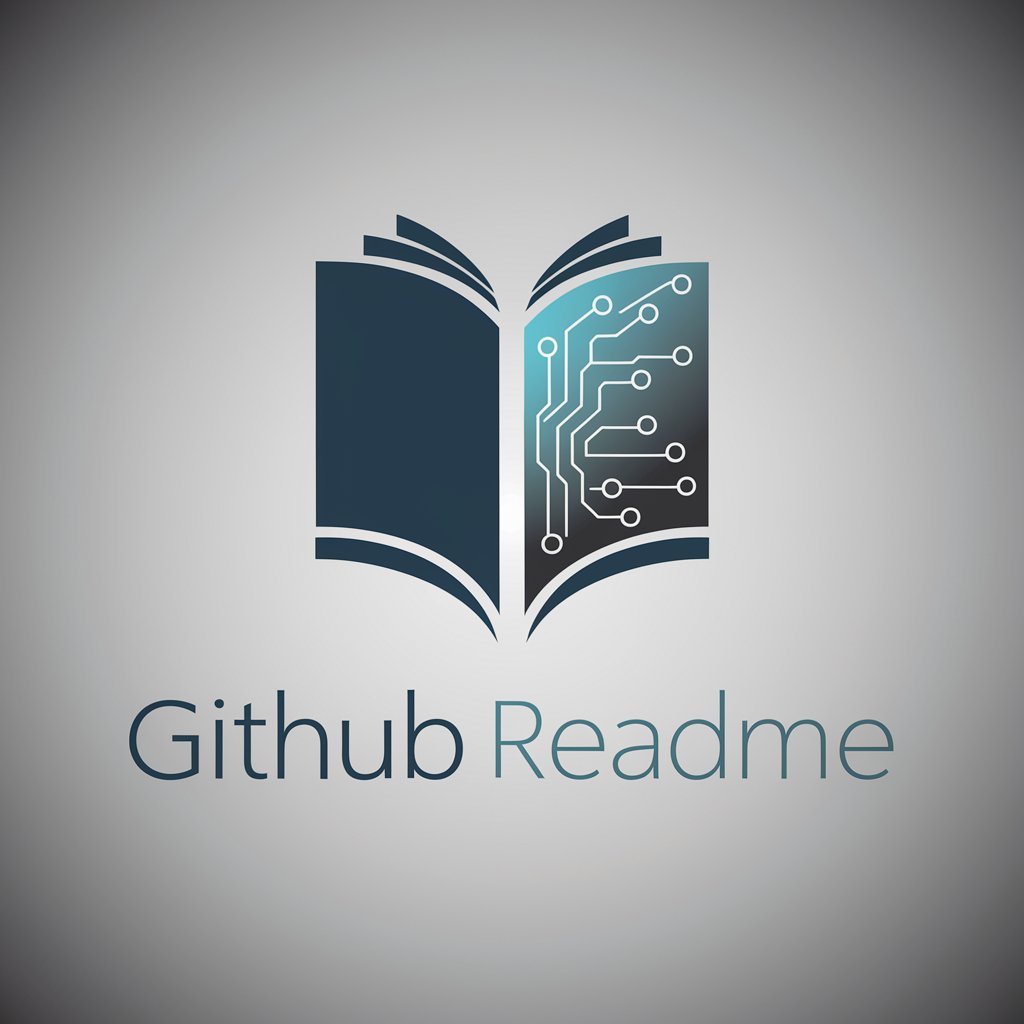
Jupyter Notebook-interactive coding and analysis environment
AI-powered interactive notebooks for data analysis

🟠 Your personal Jupyter Notebook assistant and code generator, trained with the latest knowledge and docs about Python libraries and Data Science
📊 Build a bar chart using matplotlib and pandas
🪄 Create a machine learning model with sklearn
🪲 Help me troubleshoot this issue in Jupyter
💡 Teach me a useful skill or trick in Jupyter
Get Embed Code
What is Jupyter Notebook?
Jupyter Notebook is an open-source, interactiveJupyter Notebook Overview web-based computing environment that allows users to create and share documents containing live code, equations, visualizations, and narrative text. It was developed as part of the Project Jupyter initiative (which stands for 'Julia, Python, and R'), and it builds on the foundation of the IPython project. Jupyter Notebook supports over 40 programming languages, including Python, R, and Julia, through the use of 'kernels'. The design purpose is to facilitate data analysis, scientific computing, and machine learning workflows by combining code execution, rich text documentation (in Markdown), and output visualization all in one place. For example, a data scientist working on a machine learning model can load data, clean it, train a model, evaluate its performance, and document their methodology in a single notebook. Meanwhile, a teacher can prepare a computational lesson that includes explanations, code, and student exercises—all runnable in place.
Core Functions of Jupyter Notebook and Real-World Applications
Who Benefits Most from Jupyter Notebook?
Data Scientists and Machine Learning Engineers
These professionals frequently need to iterate quickly over data, visualize insights, train models, and present findings. Jupyter’s interactivity, integration with Python libraries (Pandas, Scikit-learn, TensorFlow), and visual feedback make it a go-to tool for end-to-end ML pipelines.
Educators and Students in STEM Fields
Jupyter provides an ideal learning platform with live examples, immediate feedback, and the ability to mix code with instructional content. Teachers can create assignments in notebooks, and students can run code, answer questions, and submit them—all within a single document.
How to Use Jupyter Notebook
Jupyter Notebook GuideVisit aichatonline.org for a free trial without login, also no need for ChatGPT Plus.
To begin using Jupyter Notebook, visit a platform offering a free trial version, such as aichatonline.org. No account creation or login required, and you can start using it right away.
Install Jupyter Notebook or use a cloud platform
If you're not using an online platform, install Jupyter Notebook on your local machine. Ensure you have Python and pip installed. You can install Jupyter by running 'pip install notebook' in your terminal.
Launch Jupyter Notebook
After installation, open a terminal and type 'jupyter notebook' to launch it. This will open the Jupyter interface in your browser, where you can create new notebooks and run Python code.
Create a new notebook
In the Jupyter interface, click on 'New' in the upper-right corner and select 'Python 3' or another kernel of your choice. This creates a new notebook where you can begin writing code.
Jupyter notebooks use cells to write and execute code. You can write Python code or Markdown in separate cells, and execute them by pressing Shift+Enter. You can also include data visualizations and rich media within the notebook.
Try other advanced and practical GPTs
AmazonProductScout
AI-powered insights for smarter Amazon selling

JobJette - AI Job Search Copilot
AI-powered job search, from resume to hire.

AI Music アイデアサポーター
Generate unique songs with AI assistance

核心期刊拟题助手
AI-Powered Academic Title Generator for Core Journals

코칭회차관리 (수업리포트)
AI-powered reports that connect tutors and parents

Sleep Improvement Coach
AI-guided coaching for better sleep

Viral Commenting
AI-powered comments that spark engagement.

R Programming
AI-powered R assistant for data science

Luma Dream Machine Prompt Generator
Creative Writing

giantess工房
AI-powered generator for giantess fiction

Tennis GPT
AI-powered tennis expertise at your command

TensorFlow
AI-Powered Intelligence Built with TensorFlow

- Data Visualization
- Education
- Research
- Prototyping
- Data Science
Frequently Asked Questions about Jupyter Notebook
What is Jupyter Notebook?
Jupyter Notebook is an open-source web application that allows you to create and share documents containing live code, equations, visualizations, and narrative text. It is commonly used in data science, research, and academic settings.
How do I install Jupyter Notebook?
To install Jupyter Notebook, ensure you have Python and pip installed on your system. Then, run 'pip install notebook' in your terminal or command prompt. Once installed, you can launch it by typing 'jupyter notebook' in your terminal.
Can I use Jupyter Notebook without installing it?
Yes! You can use Jupyter Notebook on various cloud platforms such as Google Colab, Kaggle, or even platforms like aichatonline.org, where no installation is required. These platforms offer a similar experience with no setup.
What programming languages can I use with Jupyter Notebook?
Although Jupyter was originally designed for Python, it now supports over 40 programming languages, including R, Julia, and even JavaScript. You can switch the kernel of the notebook to any supported language depending on your needs.
What are the advantages of using Jupyter Notebook?
Jupyter Notebooks allow for an interactive and exploratory programming environment. They make it easy to combine code, visualizations, and narrative text. This is particularly useful for data analysis, scientific research, and educational purposes.






